Suzuki SJ Series Sierra Samurai and Vitara 4 cyl Petrol 1982-1997 USED
USED Suzuki SJ Series Sierra, Samurai and Vitara (4-cylinder) Petrol 1982 - 1997
|
The Suzuki Jimny is a line of SUVs from Suzuki. The line started in 1968 and is still running.The history of Suzuki four-wheel-drive cars dates to 1968. Suzuki bought former Japanese automaker Hope Motor Company which had introduced fifteen small off-road vehicles called the HopeStar ON360. The first Suzuki-branded 4-wheel drive, the LJ10, was introduced in 1970. The LJ10 had a 359 cc air-cooled, two-stroke, in-line two-cylinder engine. The liquid-cooled LJ20 was introduced in 1972 with the cooling changed due to newly enacted emission regulations, and it gained 3 hp. In 1975, Suzuki complemented the LJ20 with the LJ50, which had a larger 539 cc, two-stroke, in-line three-cylinder engine and bigger differentials. This was originally targeted at the Australian market, but more exports soon followed.
The Jimny8/LJ80 was an updated version of the LJ50 with an 800 cc, four-stroke, in-line four-cylinder engine, followed by the Jimny 1000/SJ410 and Jimny 1300/SJ413. An updated version of the SJ413 became known as the Samurai and was the first Suzuki officially marketed in the US. The series from SJ410 to SJ413 was known as the Sierra in Australia, and remained the Jimny in some markets.
The new Jimny was released in 1998, and now bears the same name in all markets. The 1998 release used the G13BB EFI engine, replaced by the M13AA EFI engine in 2001 and the M13AA VVT engine in 2005, in conjunction with a minor interior redesign.
The Suzuki SJ30 began production in May 1981 in Hamamatsu, Japan. In Japan, it was sold as the Suzuki Jimny and was a kei car, produced with both 550 cc and 660 cc 3-cylinder engines. The SJ-Series received a bigger engine and was lengthened and widened for export purposes, where it was sold with a multitude of names: Suzuki SJ410/413, Suzuki Samurai, Suzuki Sierra, Suzuki Potohar (Pakistan), Suzuki Caribbean (Thailand), Suzuki Katana (Indonesia), Chevrolet Samurai, Holden Drover (Australia) and Maruti Gypsy (India).
SJ30
The SJ30 Jimny 550 was mainly for Japanese domestic market consumption where it suited the Kei car category. Still powered by the LJ50 engine also used in its predecessor, the Jimny 550 was by a sizable margin the last two-stroke engine built in Japan. Production ended with the withdrawal of type approval in November 1987 in favor of its F5A-engined brother, the JA71. The two-stroke had been favored by Japanese off-roaders (and by Suzuki) due to its superior torque.
The SJ40 Jimny 1000 was introduced for 1982 to replace the LJ80 range. The Jimny 1000, sold as the Suzuki SJ410 in most export markets, used the F10A - a larger 1 litre version of the LJ's 0.8 liter four-cylinder engine. This engine produced 45 hp (34 kW) and it had a top speed of 68 mph (109 km/h). The Japanese market models claimed 52 hp (39 kW) at 5,000 rpm.
A four-speed manual transmission was standard, as were non-power assisted drum brakes front and rear. The SJ410 came as a half-door convertible, long-wheelbase pickup truck, two-door hardtop (called "Van" in Japan), raised-roof hardtop, and no-glass hardtop (panel van). In Japan, the pickup truck was intended as a bare-bones work vehicle and did not receive fender extensions, and had diagonal tires on black-painted steel wheels rather than the sportier wheels fitted to the regular Jimny. Maximum payload is 350 kg (770 lb). Later, a covered long-wheelbase version was added for export markets.
In 1984, the SJ was revamped with the launch of the SJ413 (internal model code JA51). The SJ413 included a larger 1.3 liter 4-cylinder engine, 5-speed manual transmission and power brakes all around. The body and interior were also redesigned, with a new dashboard, seats, and grille. The SJ410 remained in production for various other markets with the old specifications.
The SJ-Series was introduced to the United States (Puerto Rico (SJ-410) and Canada earlier) in 1985 for the 1986 model year. It was priced at just 00 and 47,000 were sold in its first year. The Samurai had a 1.3 liter, 63 hp (47 kW), 4-cylinder engine and was available as a convertible or a hardtop. The Suzuki Samurai became intensely popular within the serious 4WD community for its good off road performance and reliability compared to other 4WDs of the time. This is due to the fact that while very compact and light, it is a real 4WD vehicle equipped with a transfer case switchable 4WD and low range. Its lightness makes it a very nimble off roader less prone to sinking in softer ground than heavier ones. It is also considered a great beginner off-roader due to its simple design and ease of engine and suspension modifications.
The 1988.5 model Samurai was re-tuned for better on-road use in the United States. This revision included softer suspension settings and a larger anti-sway bar to reduce body roll. A lower 5th gear (.865:1 vs the earlier .795:1) increased engine rpm and power on the highway, and improved dashboard and seats made the Samurai more comfortable.
A new 1.3 4-cylinder engine with throttle-body fuel injection was introduced with 66 hp (49 kW) in September 1991. The Samurai was supplemented in Canada and the United States markets in 1989 by the Suzuki Sidekick, which eventually replaced the Samurai in 1995. The rear seat was removed from 1994 and 1995 Samurai models with rear shoulder safety belts becoming mandatory, and the partial roll cage not having the required mounting provisions, unlike the larger Jeep Wrangler . Low sales and pending stricter safety legislation prompted the withdrawal of the Samurai from Canada and the United States markets after 1995.
The SJ413/Samurai had a longer history in the rest of the world. Australian built JA51s were sold as either Suzuki Sierra or Holden Drover, while those built in Thailand are called Suzuki Caribbean. The Caribbean has also been available as the "Caribbean Sporty", a unique LWB double cab pickup.
Due to various trade obstacles for Japanese cars, Spanish Santana Motors (in addition to the SJ410) began local production of the SJ413 in 1986. The Santana built SJs had softer springs for an improved on-road ride, color coordinated interiors with cloth seats and carpeted floors, all to broaden appeal to those who did not intend to off-road the vehicle. In 1989 it received some optical as well as chassis updates and received the "Samurai" nameplate. Santana built Samurais did not benefit from the updated coil sprung chassis introduced in 1998, instead receiving a facelift (new grille, more rounded bumpers) specific to European and neighboring markets. Around the same time, Santana also developed a version which used PSA's XUD 9 1.9-litre turbodiesel, producing 63 hp. Top speed was 130 km/h. Spanish Samurai production ended in 2003.
The Samurai was sold in Colombia and Venezuela as Chevrolet Samurai, assembled in Bogotá, Colombia by General Motors Colmotores. In other South American markets (Argentina, Bolivia, Brazil, Chile, Peru, Paraguay and Uruguay) it was sold as the Suzuki Samurai. Long wheelbase models were not offered in the Mercosur.
In Asia the SJ/Samurai was sold under a few different names. In Thailand it was called the Suzuki Caribbean. The Thai market also received a special version called the "Suzuki Caribbean Sporty", a pickup with an extended cab with a small rear seat best suited for occasional use.
The SJ410 was also assembled in Indonesia, where it was marketed with different names. The original version is marketed as Jimny, continuing the previous LJ Jimny. The canvas soft-top model was marketed as Sierra. In the late 1980s, Suzuki introduced 4x2 version as the Katana. Later Katanas & Jimnys received square headlights. Jimny production was stopped in 1991, while Katana remains in production until today. The Katana was also, surprisingly, used as a basis for an Indonesian-built, 1930s' style kit-car called the Marvia Classic. In 2005, Suzuki introduced SJ413 Caribian spacecab pickup, which was imported from Thailand.
Suzuki SJ Series Sierra, Samurai and Vitara (4-cylinder) Petrol 1982 - 1997
Haynes Owners Service & Repair Manual plus Holden Drover 1984-1985 1983 1986 1987 1988 1989 1990 1991 1992 1993 1994 1995 1996

 0 Items (Empty)
0 Items (Empty)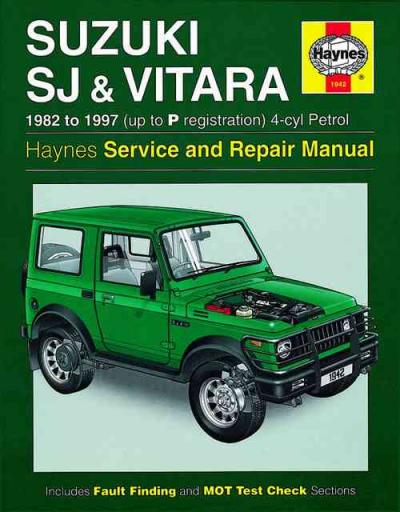

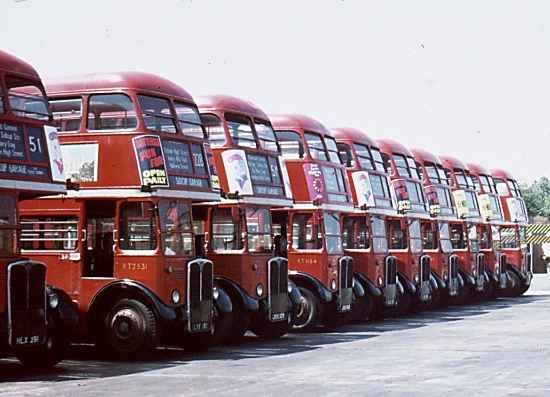
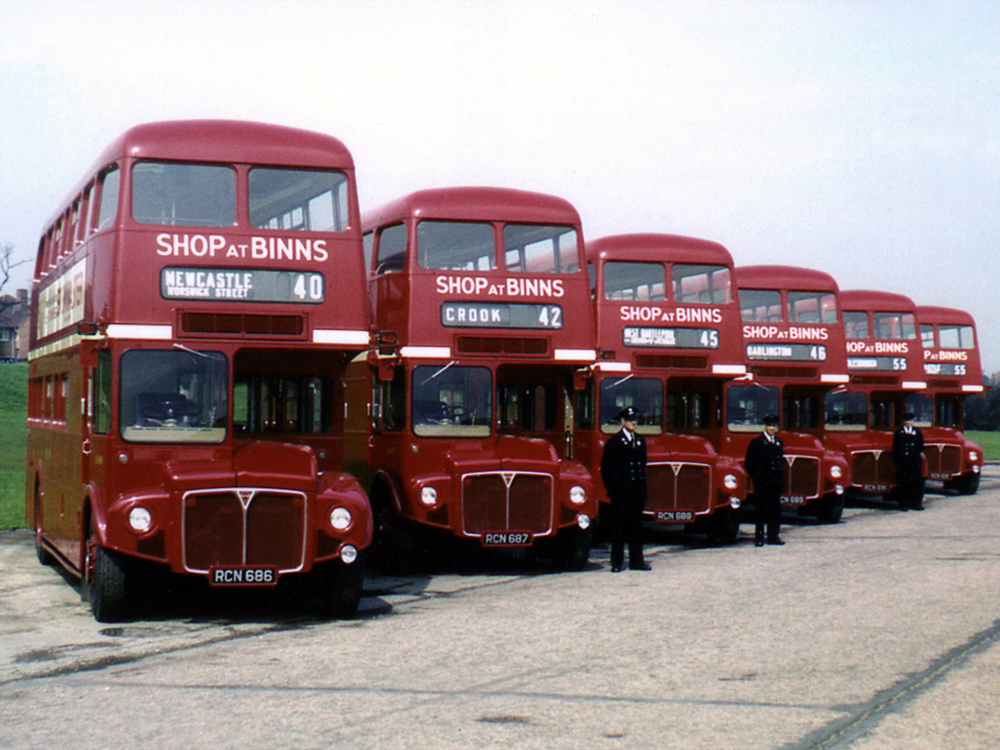
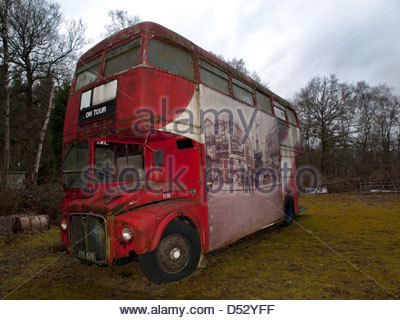
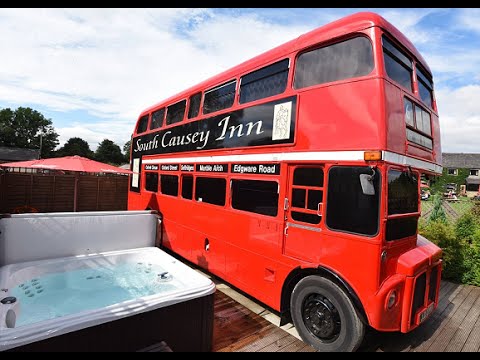
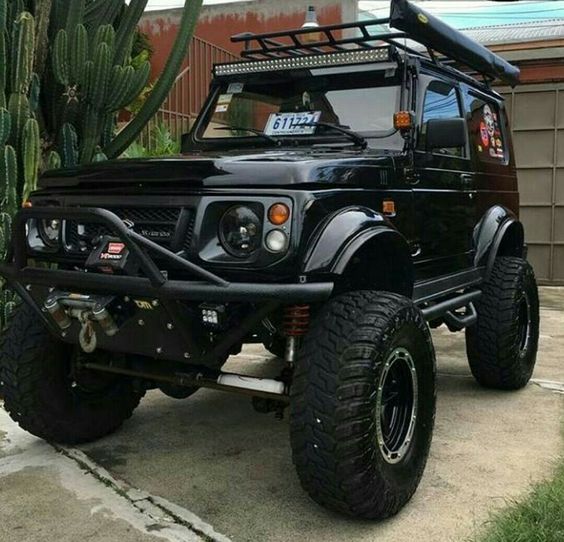
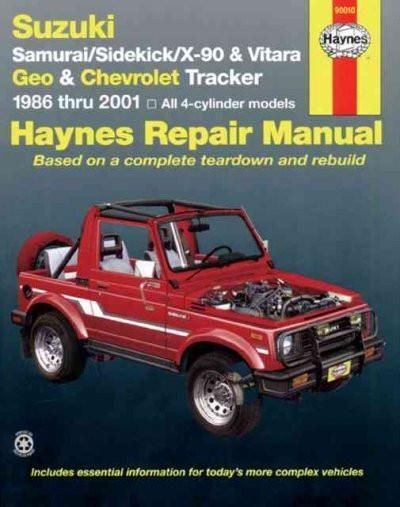
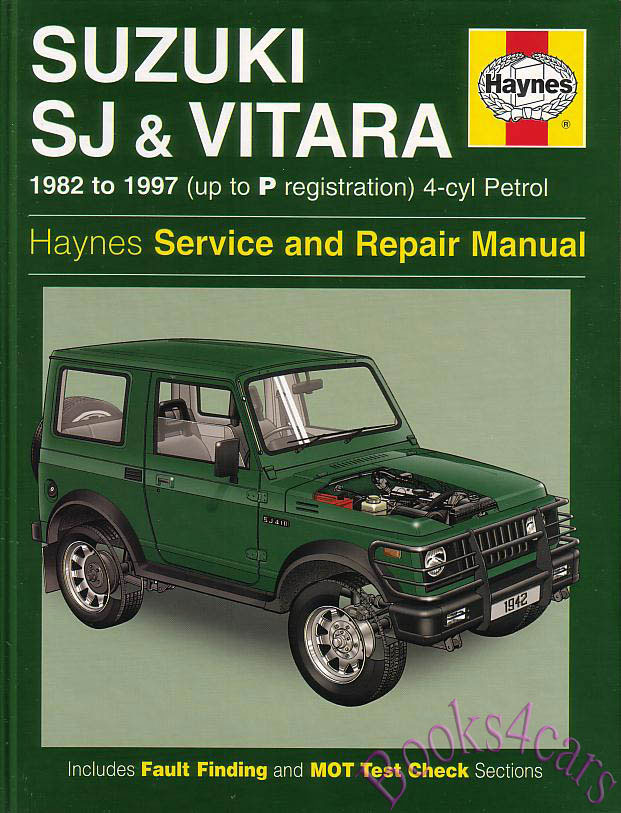
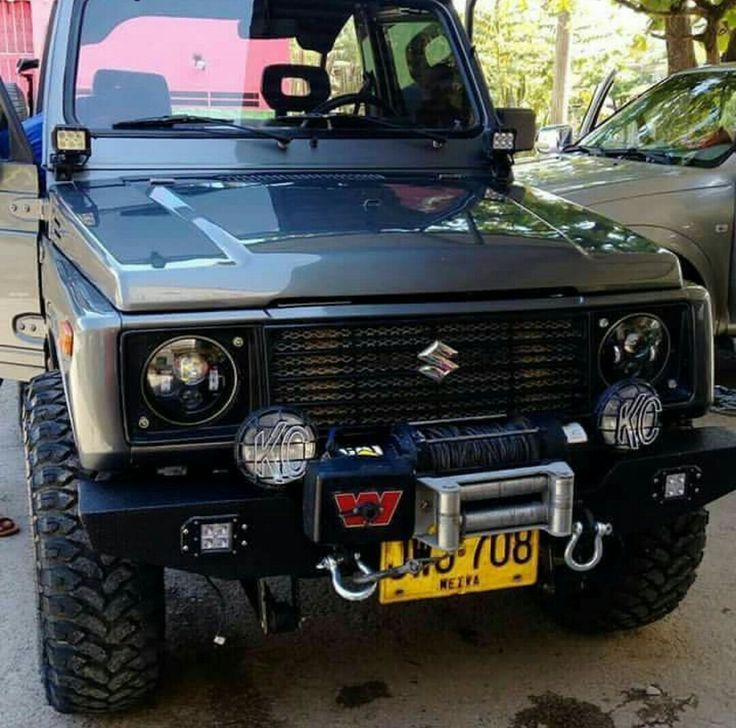

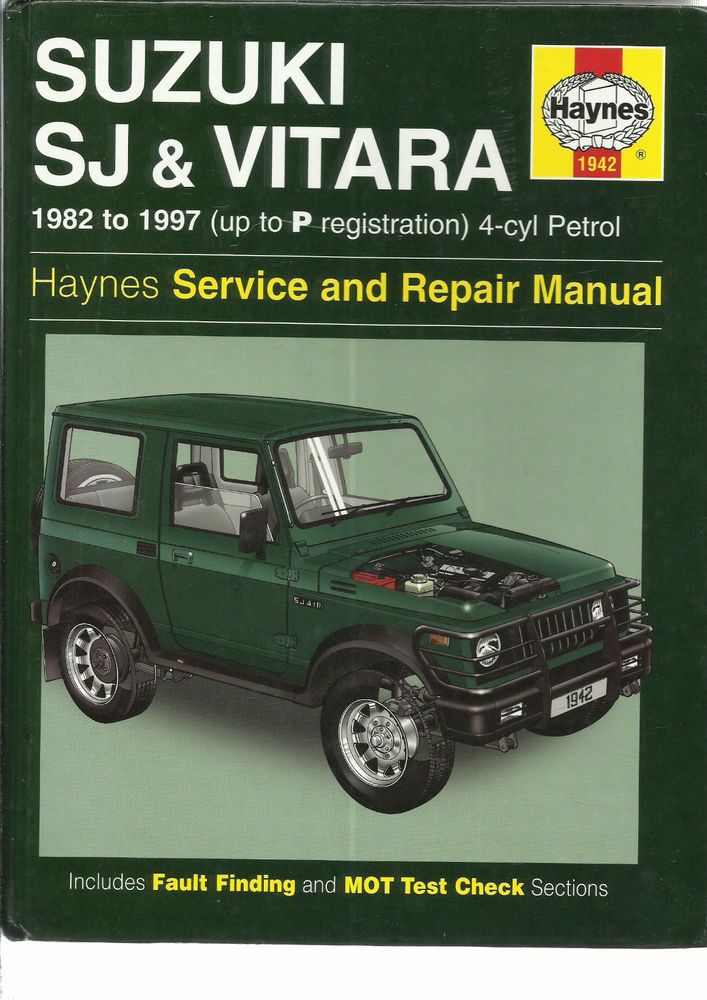 bandoned-cars-barn-finds.jpg width=353 height=472/>>
bandoned-cars-barn-finds.jpg width=353 height=472/>>